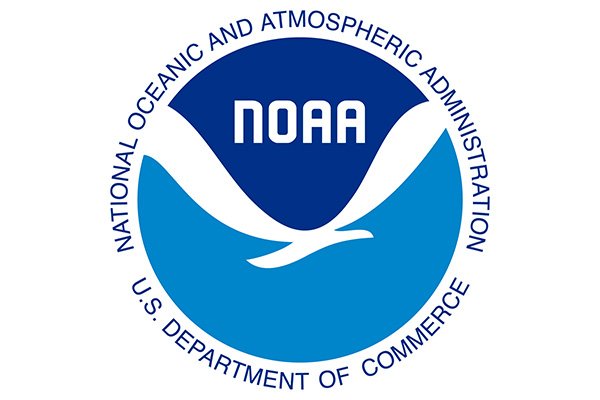Crossing Boundaries: Understanding and Projecting Species Distribution Shifts in U. S. and Canadian Waters
Projecting shifts through time.
Species distribution shifts are widely observed as ocean waters warm, affecting ecosystem dynamics and fishery management processes. We will develop models that operate across U.S. and Canadian Atlantic waters to understand how and why species distributions are changing. Forward projections of species distributions under future ocean conditions will provide information needed to support climate-ready fisheries management, fishing community adaptation planning, and marine spatial planning across the region.
Project Goals:
- Integrate U.S. and Canadian fish survey data into a spatio-temporal modeling framework and evaluate model performance.
- Identify environmental and ecosystem drivers of past species distribution changes and use dynamic drivers to project species distributions into the future.
- Use model outputs to investigate ecological and management-relevant questions.
- Increase availability and usability of code and outputs to other scientists and stakeholders through data repositories and visualization interfaces.
Species distribution shifts are one of the most widely reported biological consequences of warming across marine ecosystems, and they create complex challenges for fisheries management within countries and across international management boundaries. The Northwest Atlantic Shelf, which spans U.S. and Canadian Atlantic coasts, has experienced exceptional increases in ocean temperatures, and associated species distribution shifts have been documented in this region. However, to date, efforts to understand and model species distribution shifts across the U.S./Canadian national boundaries have been limited by key differences in fish surveys in each country. As a result, we lack information needed to support managers and other stakeholders making decisions that will be affected by species changes within this dynamic environment.
Recent modeling advances now make it possible to integrate observation data from multiple surveys in a robust manner. Through this project, we will integrate U.S. and Canadian fish survey data into a distribution modeling framework that is designed to account for survey differences and other spatial and temporal variation. Using this modeling framework, we will characterize current marine species distributions relative to environmental conditions (e.g., ocean temperature, salinity) and project how they will change in the future. Analyses of observations to date will enable us to investigate the nature and drivers of species change, and forward projections will provide a foundation for supporting forward-looking fisheries management, fishing community adaptation planning, and marine spatial planning processes. Outputs will be publicly accessible via an interactive online dashboard.
Project Team
Project Sponsor
Material mentioned on this page is a result of research funded by the National Oceanic and Atmospheric Administration's Cooperative Institutes under award NA19OAR4320074.
-
![Marine Heatwaves 101]()
Marine Heatwaves 101
Learn about what marine heatwaves are and how they can disrupt coastal ecosystems and the communities that depend on them.
Perspectives
-
![20 Years on the Waterfront: Reflecting & Looking Ahead]()
20 Years on the Waterfront: Reflecting & Looking Ahead
Celebrating our collective journey toward a thriving future
Perspectives
-
![The Impact of Learning Ecosystems Northeast]()
The Impact of Learning Ecosystems Northeast
Learning Ecosystems Northeast (LENE) is a NASA-funded collaborative partnership with the Gulf of Maine Research Institute (GMRI), 4-H, Maine State Libraries, Wabanaki Youth in Science, …
Perspectives
-
![The Alewife Journey: A Conservation Success Story]()
The Alewife Journey: A Conservation Success Story
On a spring evening at the Gulf of Maine Research Institute, guests gathered for the premiere of a film celebrating one of Maine’s most remarkable …
Perspectives




